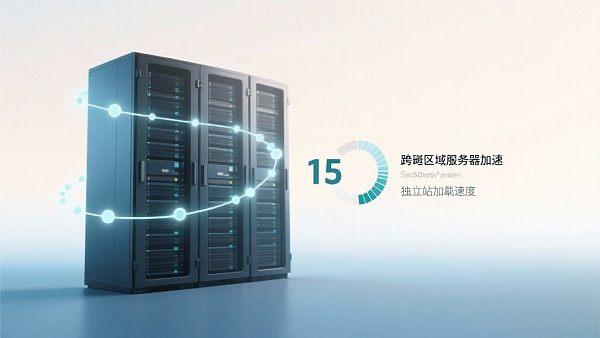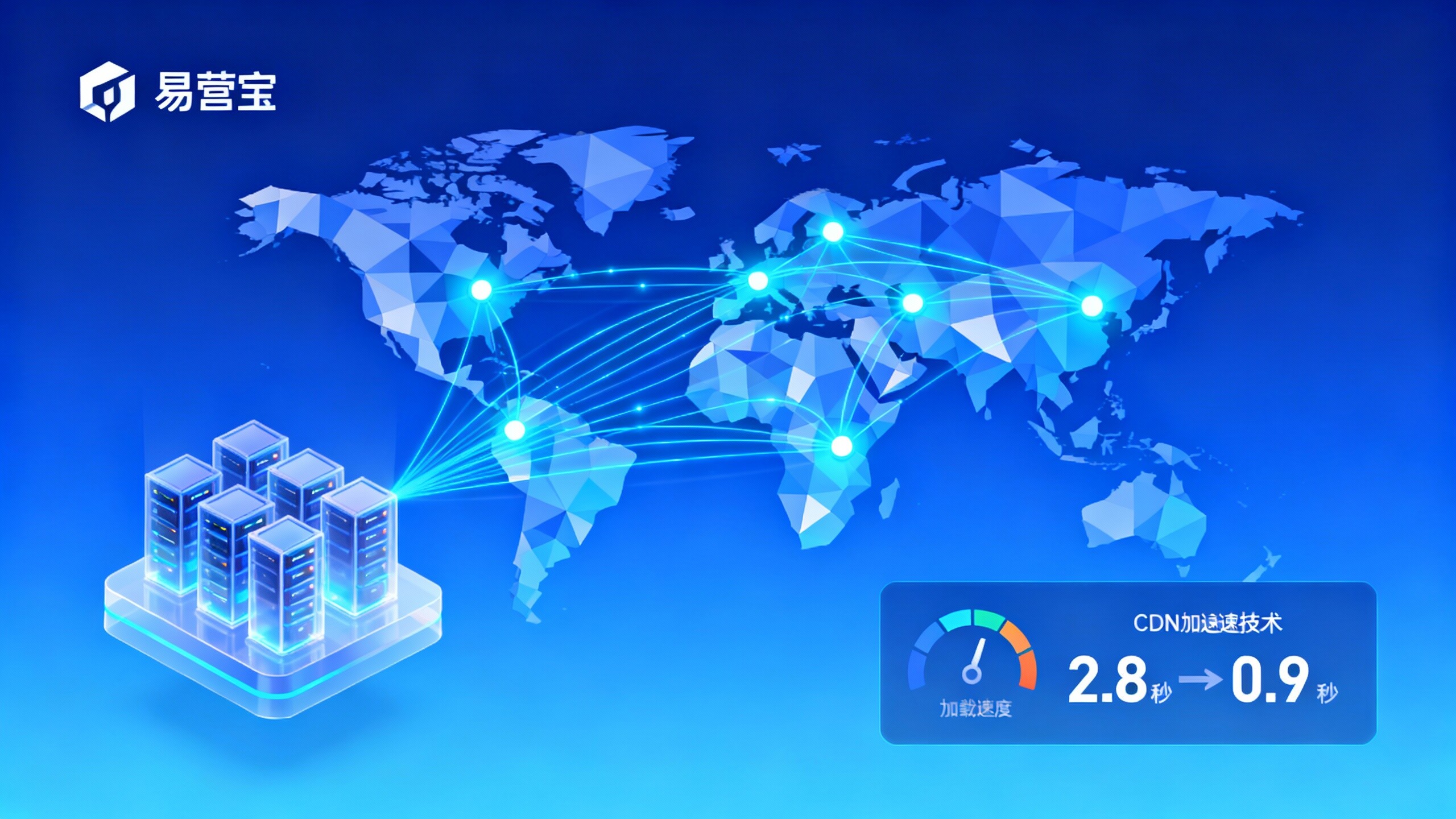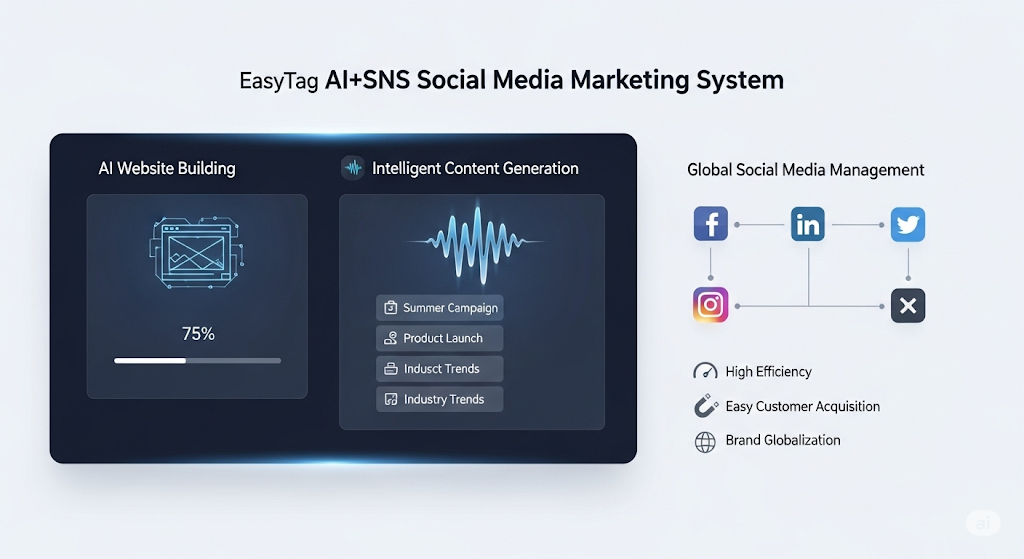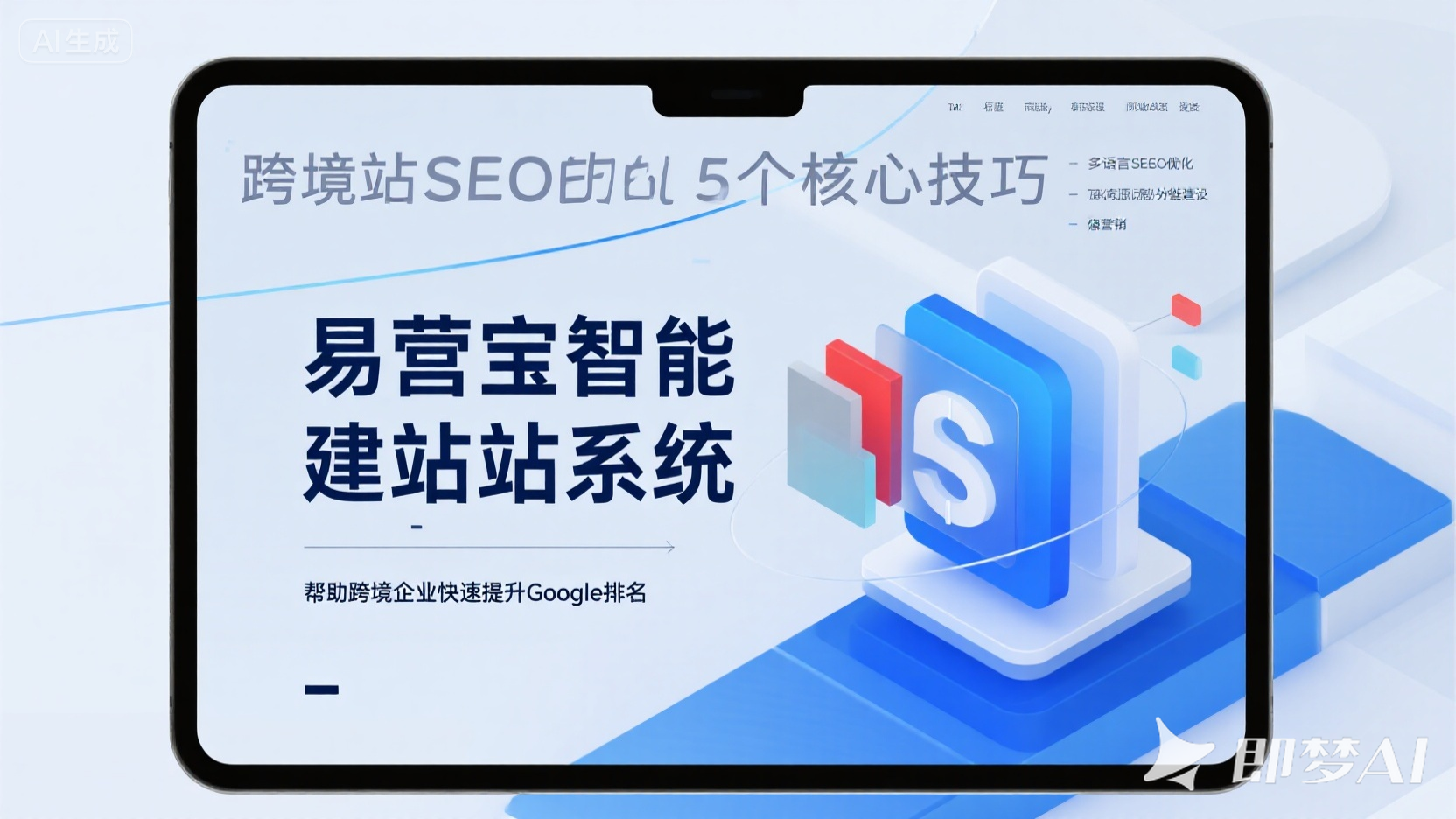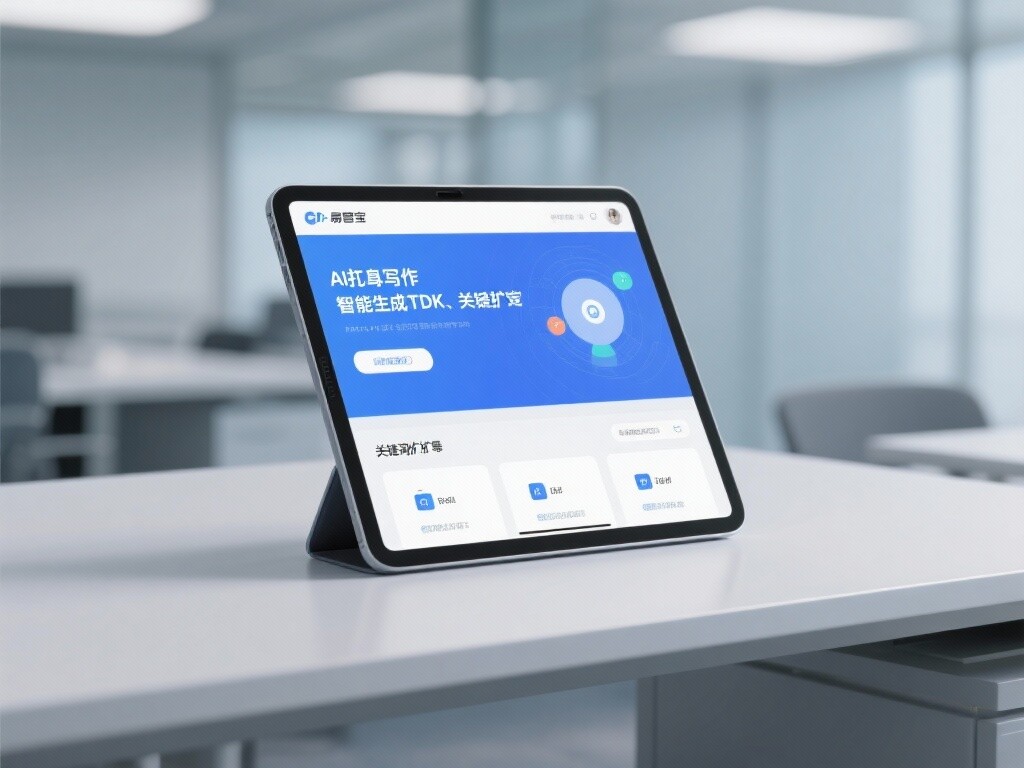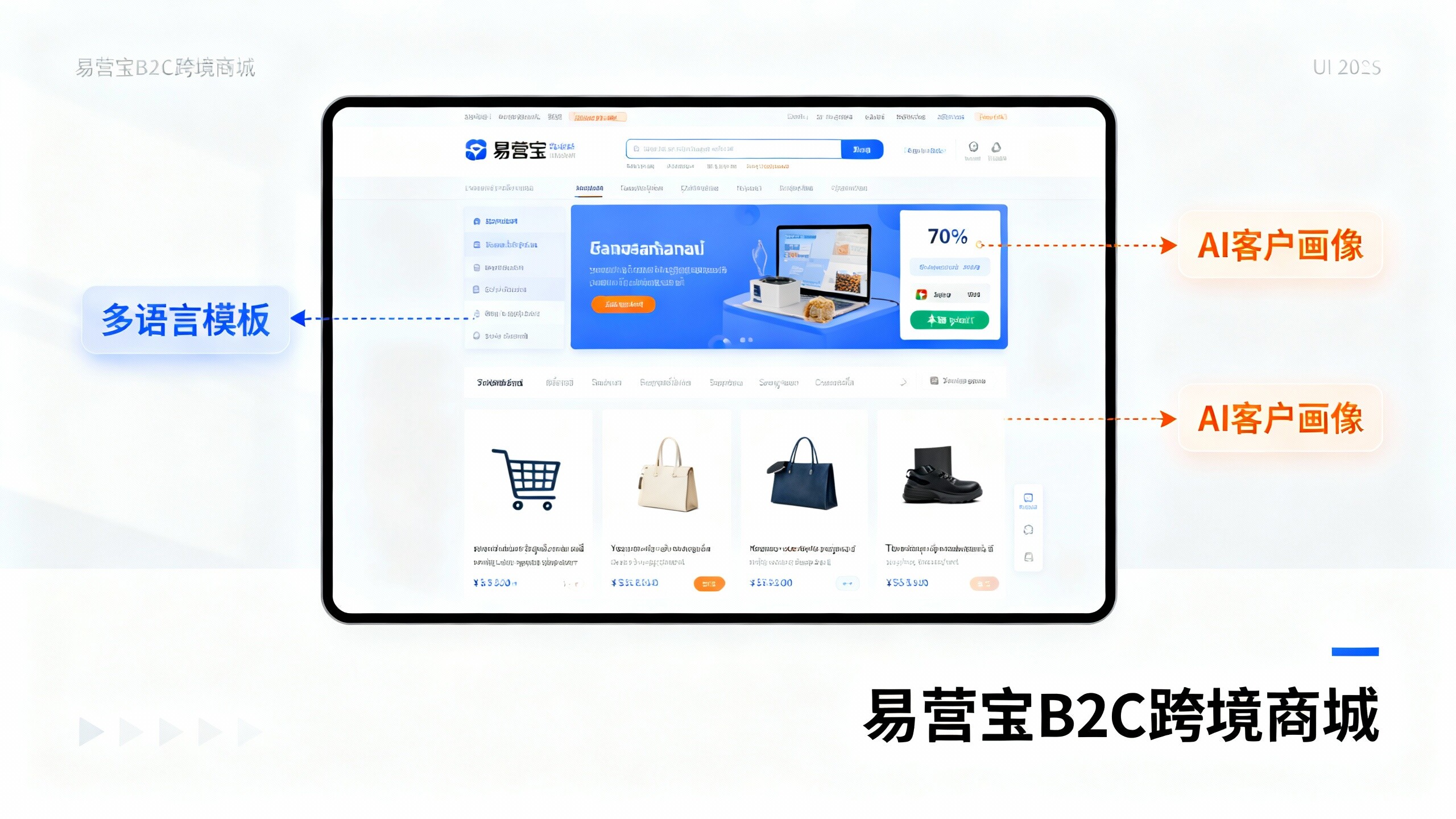- How to Improve Inquiry Quality Through B2B Standalone Site Optimization + Multilingual Website in 2025: Google SEO Practical Methods2025-12-18View details
- From Website Building to Yandex Promotion: A Complete Online Growth Path for Foreign Trade Enterprises2025-12-18View details
- Poor Yandex promotion results? Your foreign trade independent website may lack Russian SEO structure2025-12-18View details
- Why are more and more distributors choosing global multilingual website suppliers? Actual delivery cycle shortened by 40%2025-12-18View details
- EasyOperate Experience Test: Deployment Cycle, Stability, and Post-Sale Evaluation2025-12-17View details
- How is EasyStore? A Reliable and Security Inspection Checklist from a Technical Evaluation Perspective2025-12-18View details
- Guide to Choosing a Foreign Trade Website System: How to Evaluate Multilingual Website Capabilities2025-12-17View details
- From the perspective of quality control and security, experience the use of EasyStore: vulnerabilities, backups, and permission management2025-12-17View details
Can Global Server Acceleration Make Standalone Websites Load Instantly? The Truth Revealed
Introduction
Can global server acceleration truly enable independent websites to achieve millisecond-level loading? This article delves into the optimization of independent website SEO, website loading speed enhancement services, and SEM optimization techniques, revealing practical strategies to improve website SEO performance and secure foreign trade inquiries. Targeted at market researchers, users/operators, and technical evaluators, it combines industry best practices, technical performance, and procurement guidelines to help you make informed decisions when implementing global server acceleration and independent website optimization, while exploring pathways for rapid website indexing and YouTube lead generation.

Definition and Core Concept Analysis
What is global server acceleration? This section provides a technical definition and explains its relationship with independent website loading speed, independent website SEO, and website loading speed optimization services. Global server acceleration typically involves deploying server nodes or CDN nodes across different geographic locations, leveraging intelligent routing, edge caching, and transmission compression technologies to reduce round-trip time (RTT) and time to first byte (TTFB). For independent websites, page loading speed directly impacts search engine crawl efficiency and user retention, thereby influencing strategies for rapid indexing and SEO ranking improvements. To achieve higher quality scores in SEM optimization, landing page speed and stability are critical technical benchmarks. This is why enterprises should prioritize evaluating node coverage, SSL automation, DDoS protection, and real-time monitoring capabilities when selecting website loading speed optimization services.
Application Scenarios and Technical Performance Comparison
Different business scenarios exhibit varying demands for global server acceleration, particularly for cross-border e-commerce, B2B foreign trade, and service-oriented independent websites. Cross-border e-commerce requires millisecond-level page responsiveness in target markets to reduce bounce rates and improve conversion, while B2B foreign trade emphasizes form submission stability and resource download speeds to enhance inquiry quality. Service-oriented websites necessitate multilingual and regional adaptations to support localized user experiences. Technical performance comparisons include node coverage breadth, cache hit rates, origin optimization, TLS handshake speed, and disaster recovery capacity for high concurrency. Below is a comparative table showcasing key metrics:
Comparative Analysis: Is Global Server Acceleration Equivalent to "Millisecond Loading"?
"Millisecond loading" is a user-perceived goal, but no single technical switch can achieve it. Global server acceleration significantly improves loading speed, reducing page response times and static resource loads. However, page structure, third-party scripts, unoptimized images, lazy loading failures, or incorrect caching strategies can still degrade performance. Independent website SEO enhancement relies not only on server acceleration but also on meticulous work in page content structure, TDK optimization, internal linking, and sitemaps. SEO experts typically stratify efforts into foundational (hosting and nodes, SSL and DNS), content (high-quality pages, keyword strategies), technical (architecture, Schema, mobile optimization), and promotional layers (SEM techniques and social media matrices). Rapid indexing requires proper robots.txt and sitemap configurations, stable server responses, and structured data to improve search engine comprehension. By combining global server acceleration with AI-driven content production and automated TDK generation, you can systematically advance independent website SEO and foreign trade inquiry conversion while ensuring loading speed.
Procurement Guidelines, Costs, and Alternative Solutions
When evaluating website loading speed optimization services and global server acceleration, procurement and technical evaluators should prioritize: 1) Node coverage and origin strategies matching target markets; 2) Support for automated SSL and compliant data processing to meet GDPR and other international regulations; 3) Real-time performance monitoring and log analysis for issue resolution; 4) Cost models incorporating traffic, request counts, and peak concurrency, with long-term scalability assessments. Cost-wise, three approaches exist: self-built multi-region servers (high initial investment, complex maintenance), reliance on a single cloud provider’s global solution (quick deployment but vendor lock-in), or hybrid solutions combining third-party acceleration platforms with localized origin sites (flexible and cost-controllable). Alternative solutions include high-quality CDNs with edge rendering and SSR (server-side rendering) to reduce frontend rendering delays while maintaining SEO friendliness. Additionally, AI translation and multilingual site generation can reduce manual localization costs while improving consistency. For example, enterprises can integrate smart website builders with automated translation tools like EasyWin AI Translation Center to dynamically synchronize multilingual sites, lowering global deployment maintenance costs and enhancing localized experiences.

Industry Scenarios, Misconceptions, and Client Cases
Common project misconceptions include: overemphasizing peak bandwidth while ignoring request response times, excessive third-party script reliance slowing pages, and neglecting SEO configurations hindering rapid indexing. For foreign trade enterprises, exhibition periods bring short-term traffic spikes where global server acceleration combined with traffic scheduling and pre-warming strategies ensures inquiry form stability, directly impacting inquiry volume and quality. SaaS clients often integrate Google Ads and YouTube lead channels, where landing page speed directly affects ad quality scores and CPC. Representative case highlights (company names omitted for privacy): A mid-sized foreign trade enterprise achieved homepage load time reductions from 4.8s to 1.6s through global edge acceleration and page structure optimization, increasing independent website SEO scores by 35%, monthly inquiries by 42%, and reducing Google Ads conversion costs by 30%. These results demonstrate parallel advancement in technical optimization and SEM techniques—focusing on server-layer acceleration while implementing keyword strategies and page experience optimization at the content layer. Common FAQs include troubleshooting unindexed pages (check sitemaps, robots.txt, server response codes, structured data, and loading times) and YouTube lead generation recommendations (short videos + landing page synergy, ensuring speed and form UX to avoid conversion rate drops).
Trend Analysis and Actionable Recommendations (Why Choose Us/Contact Us)
Over the next 2-3 years, global server acceleration will increasingly integrate AI-driven intelligent routing, automated performance diagnostics, and multimodal content optimization, forming a "acceleration + content + distribution" growth loop. Trends include edge computing and personalized rendering, AI-generated TDK and multilingual content for indexing efficiency, and data-driven distribution strategies for millisecond responsiveness. Recommendations for market researchers and technical evaluators: conduct baseline performance and SEO assessments before phased testing (targeted countries/regions), then scale and optimize costs. Users/operators should master basic page compression, image optimization, and caching strategies to complement platform acceleration. Why choose us? EasyWin offers AI and big data middleware, global multi-cloud deployment expertise, and deep partnerships with Google/Meta/Yandex, delivering integrated "website-building + lead-generation + conversion" solutions to steadily improve foreign trade inquiries and YouTube lead efficiency while pursuing independent website millisecond loading. For free technical diagnostics or customized solutions, contact us for detailed evaluations and pilot plans.
- Campbell (name)
- free-standing station
- SEO optimization
- Intelligent website building
- AI translation
- Independent site SEO
- Independent site optimization
- B2B Foreign Trade
- Global Server Acceleration
- Website seo optimization
- Youtube
- SEO optimization effect
- Website loading speed
- Google Ads
- SEO
- SEO ranking optimization
- Trade inquiry
- SEO Optimization Expert
- YouTube Lead Generation
- How to achieve rapid website indexing
- SEM Optimization Tips
- Website Load Speed Optimization Service
- Ways to boost your website's SEO ranking
Related Articles
 How to Configure Global CDN Acceleration for Foreign Trade Independent Websites? Updated Operations Guide for Maintenance Personnel
How to Configure Global CDN Acceleration for Foreign Trade Independent Websites? Updated Operations Guide for Maintenance Personnel Global website SaaS system adds localized payment module to help distributors expand regional markets
Global website SaaS system adds localized payment module to help distributors expand regional markets Multi-platform content distribution always goes wrong? The 2024 new system solves synchronization challenges
Multi-platform content distribution always goes wrong? The 2024 new system solves synchronization challenges
Related Products

